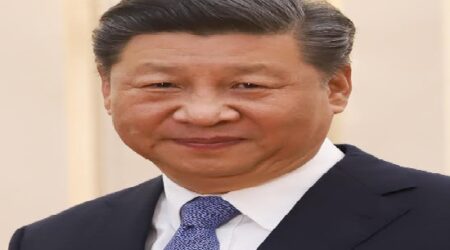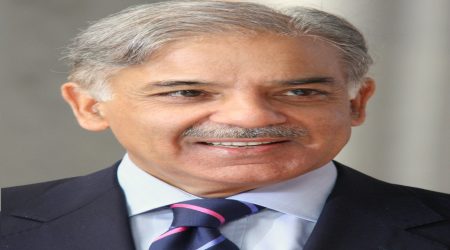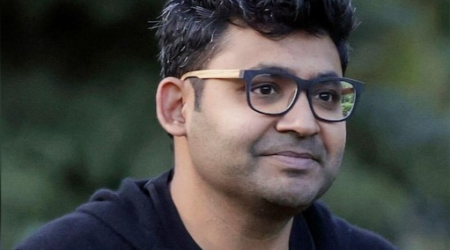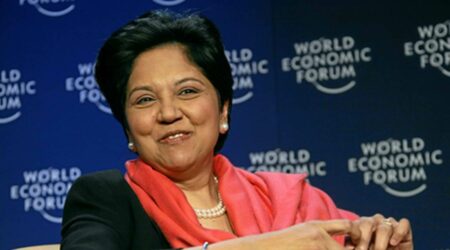By Bal Ram Singh, PhD
In an effort to establish a more principled meaning of Ahimsa, I used a couple of well-established scientific concepts, but looking at the feedback, it is obvious that I assumed too much from general readership about fundamentals in the concept of reversibility in the example of a chemical reaction.
I had suggested that the way out of referring to Ahimsa as non-violence, rather than a more appropriate term of non-violation, is to use a modern framework of things which dynamically influence each other.
Reversibility is an important concept in thermodynamics because it allows for the study of the effects of minutest changes in a system. Since action happens with energy only, the reversibility involves the slow change in the system with every minute exchange of energy in such a way that it can chart its path either depending on the conditions of the surrounding or environment.
Typically, over a period of time, an equilibrium is established whereby the rate of changes on either side become fixed under a fixed set of chemical and physical conditions. When the latter condition changes, the equilibrium is disturbed, leading to the shift in the reaction direction.
I took an example from Chemistry to introduce the concept of reversibility in a chemical reaction. I had given an example of a chemical reaction where carbon element (C) combines with oxygen gas (O2) to form CO2.
The point is that Carbon (C) and Oxygen (O2) can form or define CO2, then CO2 also can form or define C and O2. This reaction also produces heat in the amount of 393 kiloJoules (a unit of heat) per mole (a unit of the amount of carbon dioxide).
How do the elements or items define each other?
Both chemically and physically.
Chemically, because carbon dioxide has both elements, in fact, following their true nature of having 4 and 6 electrons in their outer shell thus making them available to interact with each other, following the ‘Dharma’ of each electron and of them as a group of electrons, called Octet rule.
Octet rule I used to employ explaining my Science of Kriya Yoga class at the undergraduate level, something akin to Ashatnag yoga, both having the meaning of eight.
Octet is when an atom reaches a state of having eight electrons in the outermost shell for forming a stable molecule like carbon dioxide, and the Ashtanga yoga is the eight-fold practice of yoga from Yama to Samadhi, to reach the stability of mind. The truth or reality of the C and O2, leads to the Dharma of CO2, which is relatively stable, akin to the Sanatan Dharma.
The dharma of CO2 leads to the formation of C and O2 under certain external conditions, and thus this dharma of CO2 leads to the truth or the reality of the C and O2. This concept is tested under certain circumstances. For example, this reaction is exothermic, as it produces energy in the form of heat (393 kJ/mole). When a condition is created where the temperature of reaction room is raised by a heater, at which point the CO2 follows its dharma to break itself down into its true components, the C and O2, as it does not want its production to continue, as there is already heat in the room, and its production will further heat up the room.
So, scientists cool the room, if they want to produce more carbon dioxide. So, at higher temperature the dharma of CO2 and the energy determines and defines the existence of C and O2, but at lower temperature the reaction goes the other way around following reality of C and O2.
Similarly, an equation can be written for Ahimsa and Dharma that sets them up to define each other.
Ahimsa <——> Dharma + Peace
Which would suggest Ahimsa i.e., non-violation of the certain things and their existence leads to recognition of the principles of Dharma, going from the left to right in the equation, and that Dharma along with the peace that is established determines Ahimsa.
In other words, once the principles of Dharma are established based on the inviolable truth, that is obviously indisputable principle.

Prof. Balram Singh
The writer is a Professor and the President of the Institute of Advanced Sciences, Dartmouth, Massachusetts, researching Ayurveda, Yoga, Vedic education, and Vedic social and political traditions. He is also an adjunct faculty at Jawaharlal Nehru University (JNU), New Delhi.












